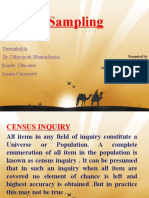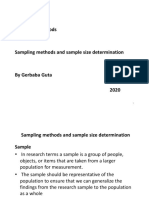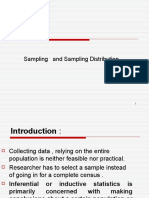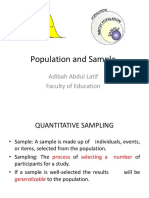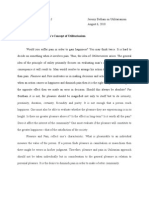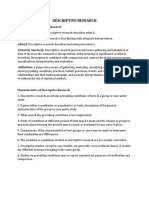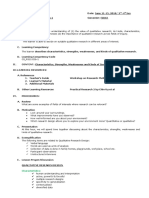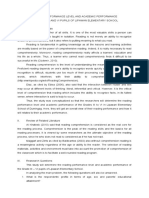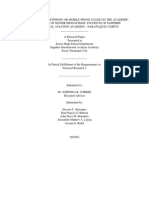0% found this document useful (0 votes)
55 views62 pagesModule III Sampling
This document discusses sampling techniques and sample size determination. It defines key terms like population, sample, sampling frame, probability and non-probability samples. It explains the advantages of sampling over a census. Sampling errors like sampling error and non-sampling error are described. Characteristics of a good sample design are outlined. Finally, common sampling methods like probability and non-probability samples are introduced.
Uploaded by
pijiyo78Copyright
© © All Rights Reserved
We take content rights seriously. If you suspect this is your content, claim it here.
Available Formats
Download as PPTX, PDF, TXT or read online on Scribd
0% found this document useful (0 votes)
55 views62 pagesModule III Sampling
This document discusses sampling techniques and sample size determination. It defines key terms like population, sample, sampling frame, probability and non-probability samples. It explains the advantages of sampling over a census. Sampling errors like sampling error and non-sampling error are described. Characteristics of a good sample design are outlined. Finally, common sampling methods like probability and non-probability samples are introduced.
Uploaded by
pijiyo78Copyright
© © All Rights Reserved
We take content rights seriously. If you suspect this is your content, claim it here.
Available Formats
Download as PPTX, PDF, TXT or read online on Scribd
/ 62

















